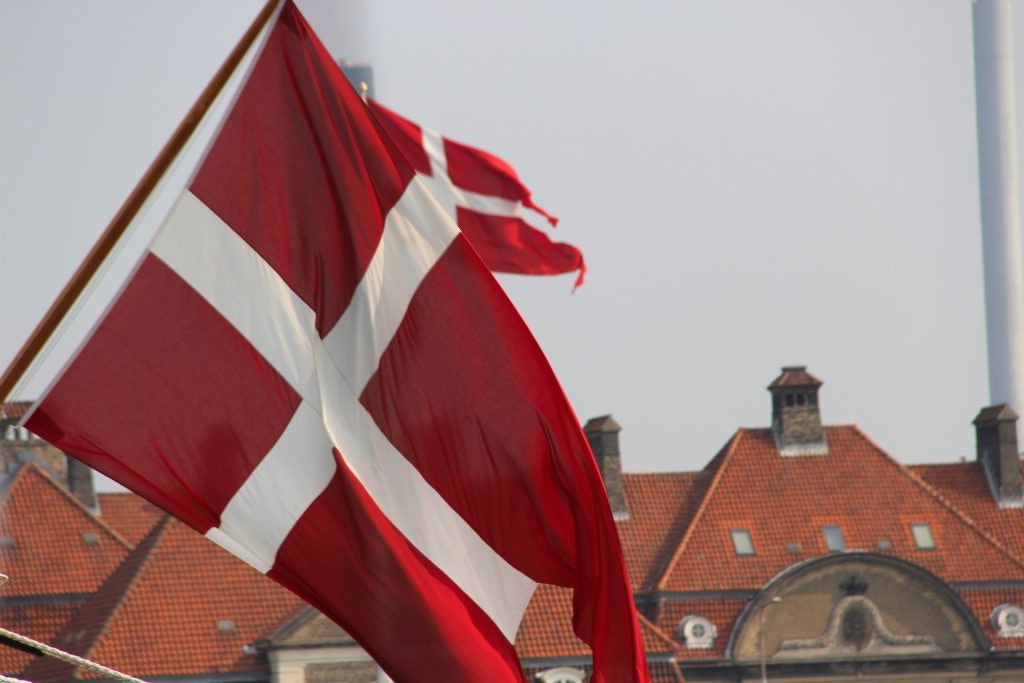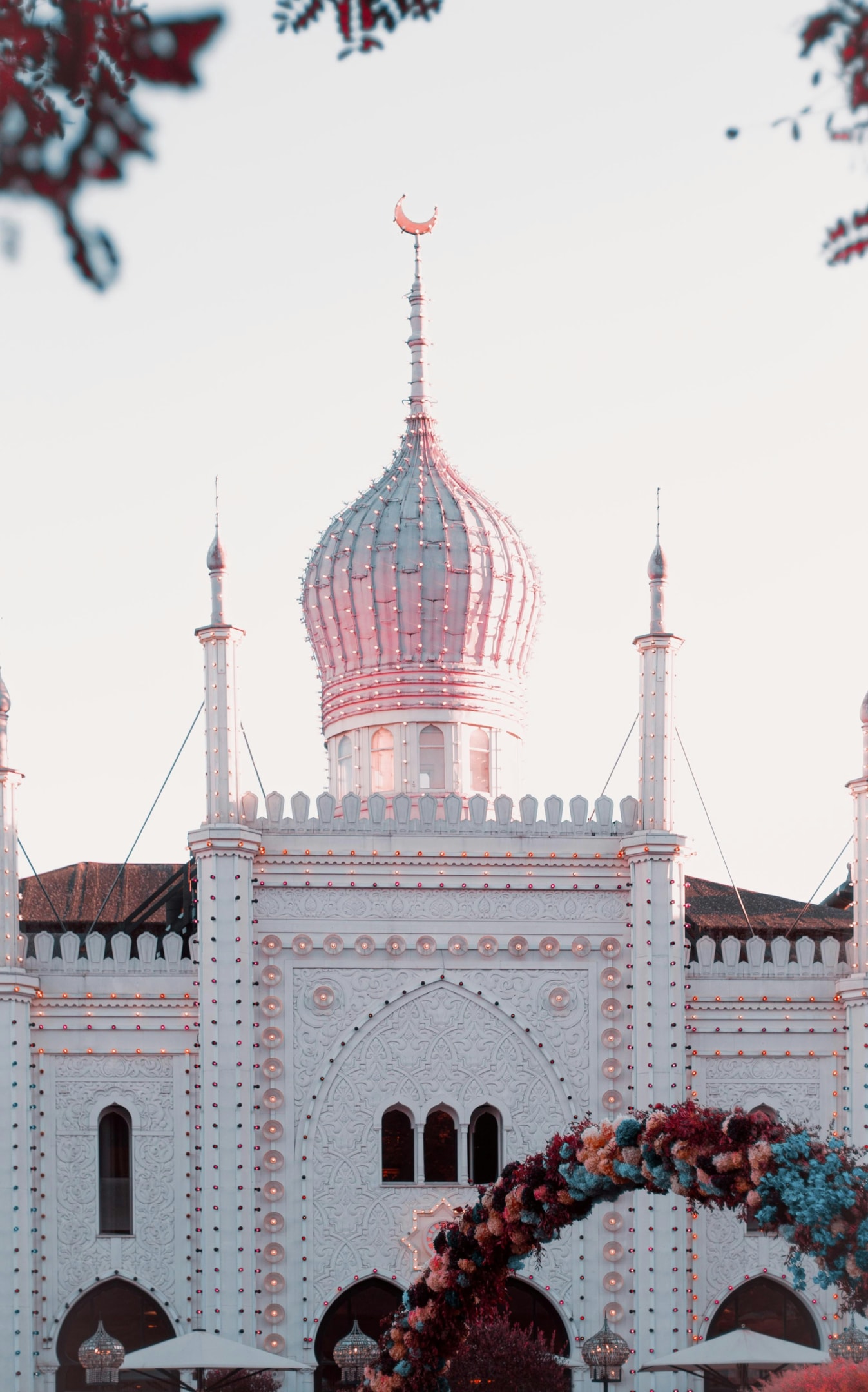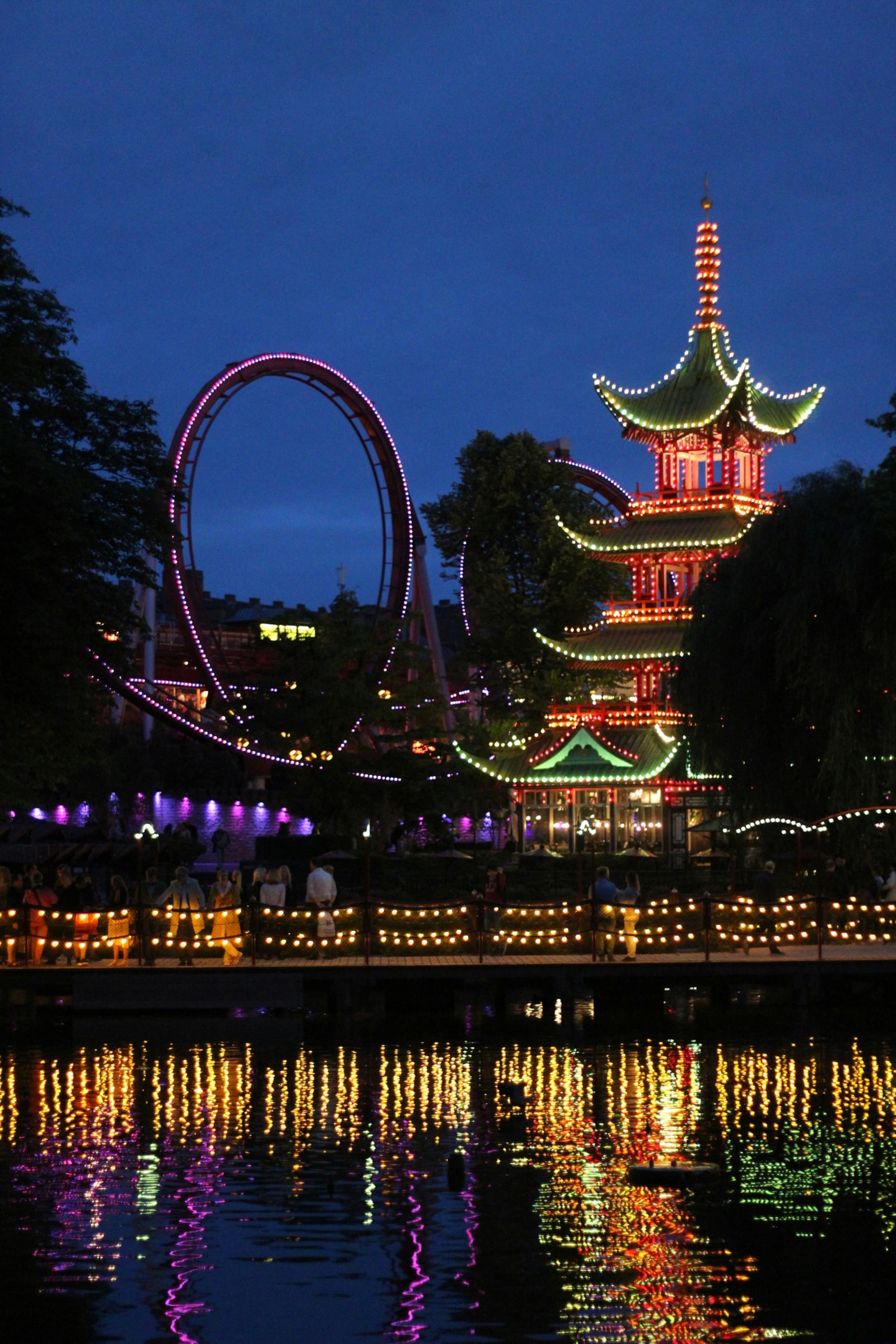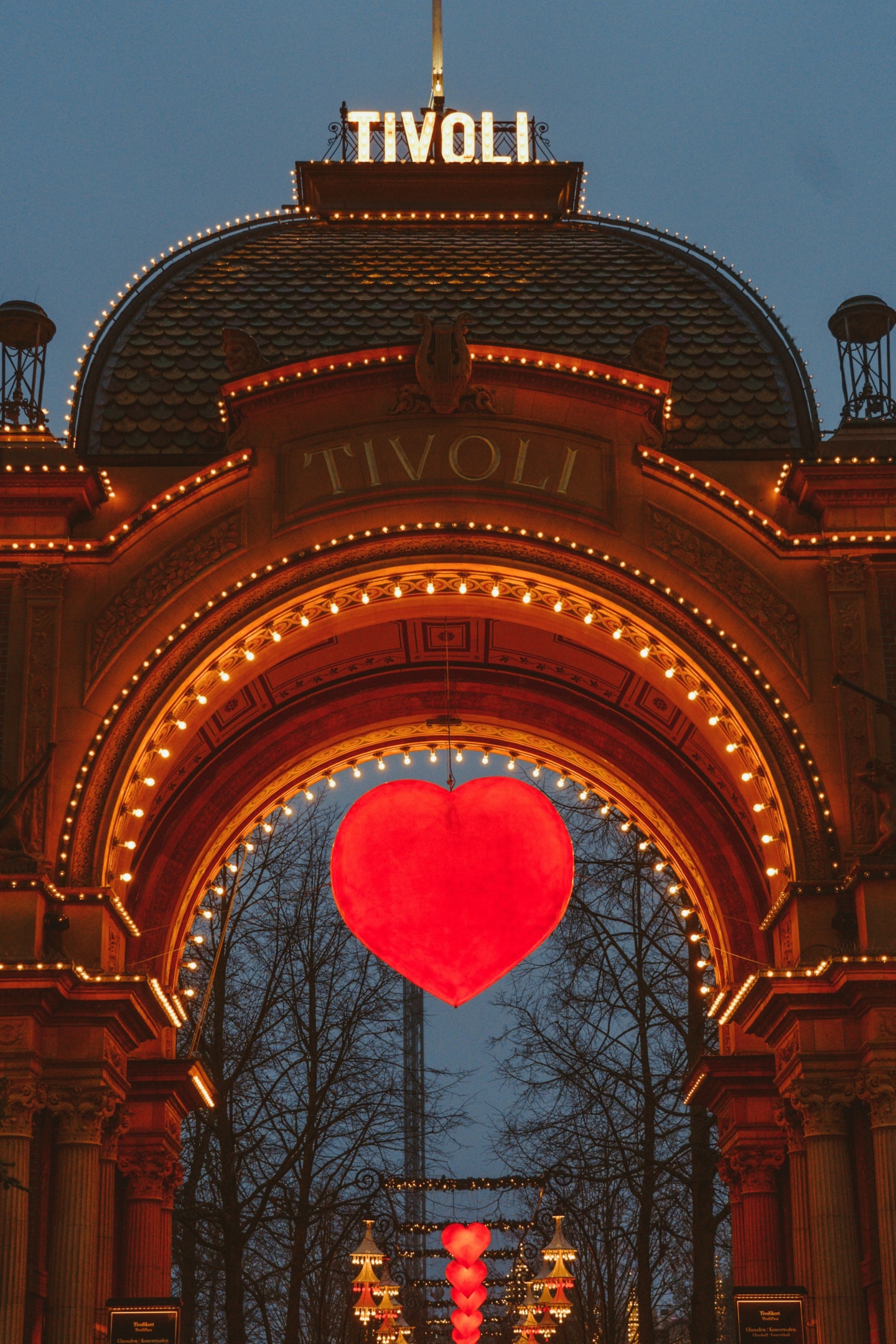1. The Little Mermaid Statue represents love and sacrifice and not at all the Disney princess version of the story
In the capital city of Copenhagen, the Little Mermaid statue represents Hans Christian Andersen’s timeless fairy tale about love and sacrifice. This little lady has drawn countless visitors to its home in the Copenhagen Harbor since its unveiling in 1913.
>Learn more about the Little Mermaid in 9 Fun Facts About Copenhagen!
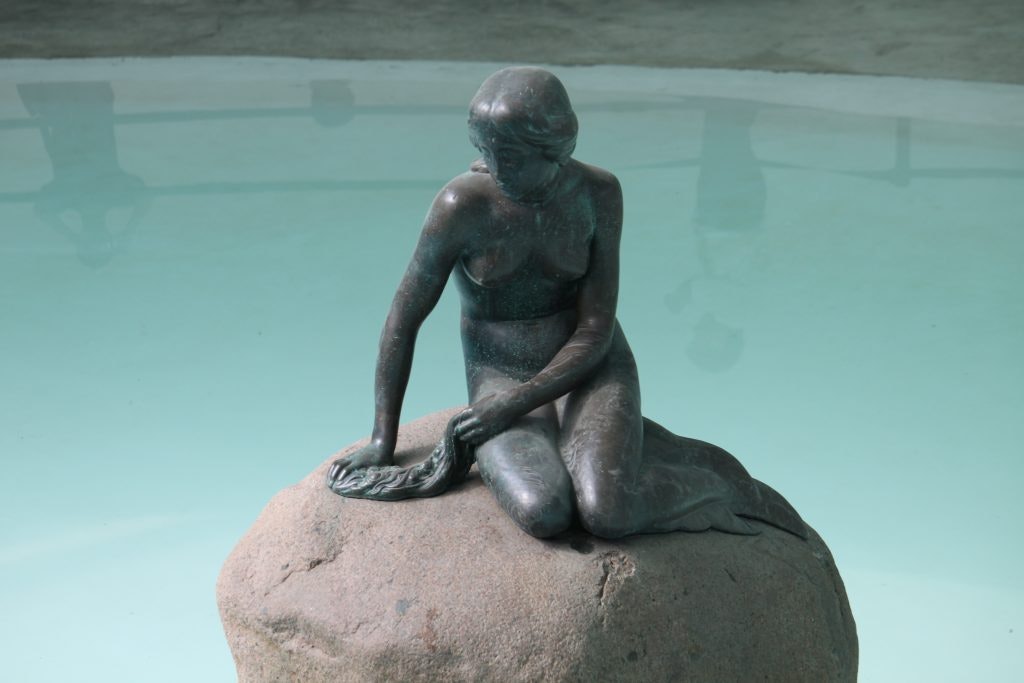
2. Denmark’s 300-year colonial ties with Greenland evolved into modern self-governance partnership
Denmark’s relationship with Greenland has run over 300 years, evolving from colonial rule to a self-governing partnership.
Key milestones include:
- 1721: First Danish colony established in Greenland by Hans Egede.
- 1979: Greenland gains home rule.
- 2009: Greenland achieves self-government while remaining part of the Danish realm.
The Faroe Islands is another North Atlantic entity that enjoys self-governing status under Denmark’s constitutional monarchy.
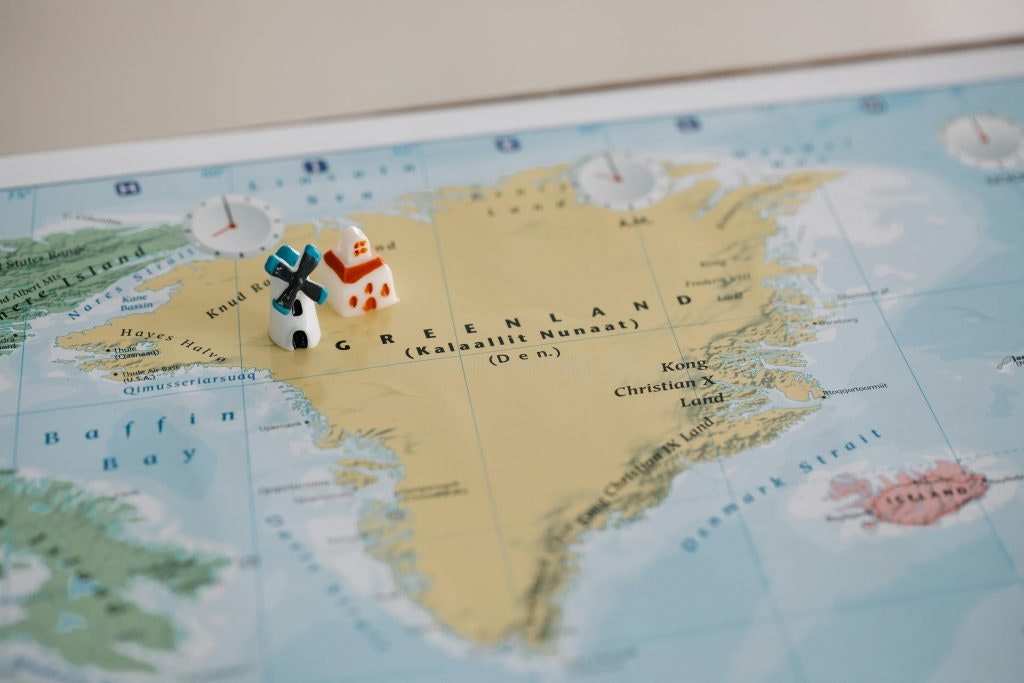
3. The Mute Swan became the Danish national bird in 1984 by public vote
The Mute Swan (Cygnus olor) became Denmark’s national bird in 1984 following a nationwide election. Danish author Hans Christian Andersen immortalized the species in his 1843 fairy tale “The Ugly Duckling.”
Mute Swans are not mute despite the name. They communicate through hisses, snorts, and soft honking sounds.
Pro Tip: Admire Mute Swans from afar—these birds are territorial and fiercely protective!
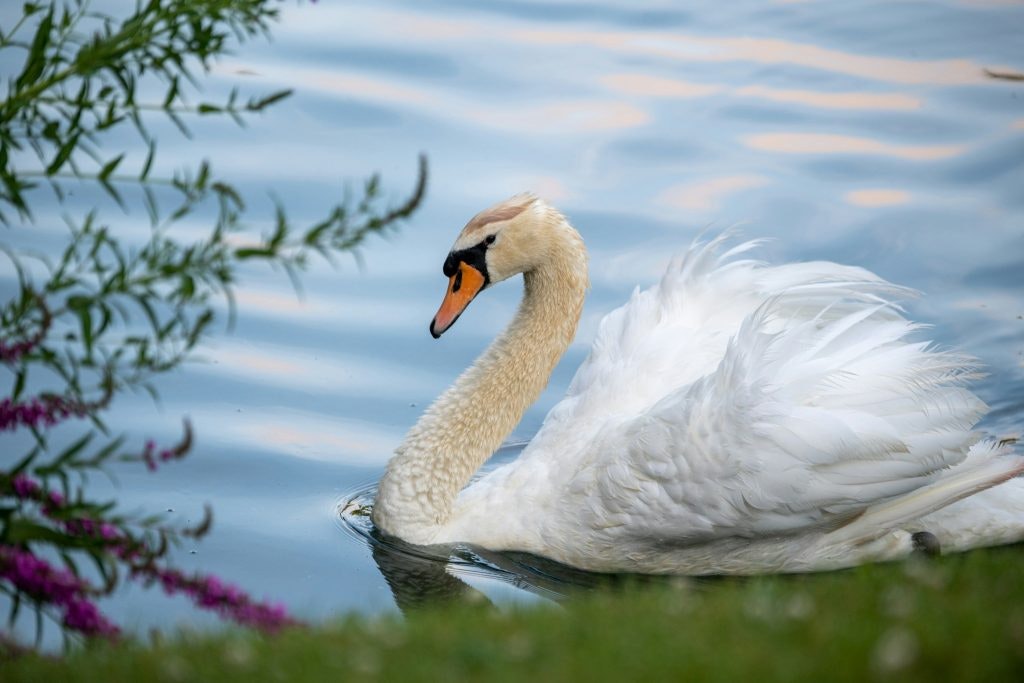
4. The Danish monarchy has ruled continuously since 936, making it Europe’s longest run as a unified kingdom
The Danish monarchy dates back to Gorm the Old (c. 936 CE) and remains Europe’s longest-standing unified kingdom. Gorm’s son, Harald Bluetooth, expanded the kingdom by uniting Denmark and Norway.
The current royal house, the Glücksburg dynasty, has ruled since 1863. Queen Margrethe II abdicated in January 2024 after 52 years, succeeded by her son Frederik X.
Denmark’s monarchy spans 1,088 years, but the Danish royal family is not the longest continuous reign by a single family in history. That honor belongs to Japan’s Imperial Family, the Chrysanthemum Throne, which dates back to Emperor Jimmu in 660 BCE.
>>Travel with Rustic Pathways to Japan
5. Danish king Harald Bluetooth inspired modern wireless technology’s name and logo
King Harald “Bluetooth” Gormsson unified Denmark and Norway in the 10th century. Fast-forward to 1996, his legacy inspired the naming of Bluetooth technology. The Bluetooth logo combines the Nordic runes Hagall (ᚼ) and Bjarkan (ᛒ), representing Harald’s initials.
6. The Danish flag has flown continuously since 1219, longest in the world still in use by an independent nation
Denmark’s Dannebrog is the world’s oldest continuously used national flag, dating back to 1219. Legend has it the Dannebrog fell from the heavens during a battle in Estonia.
